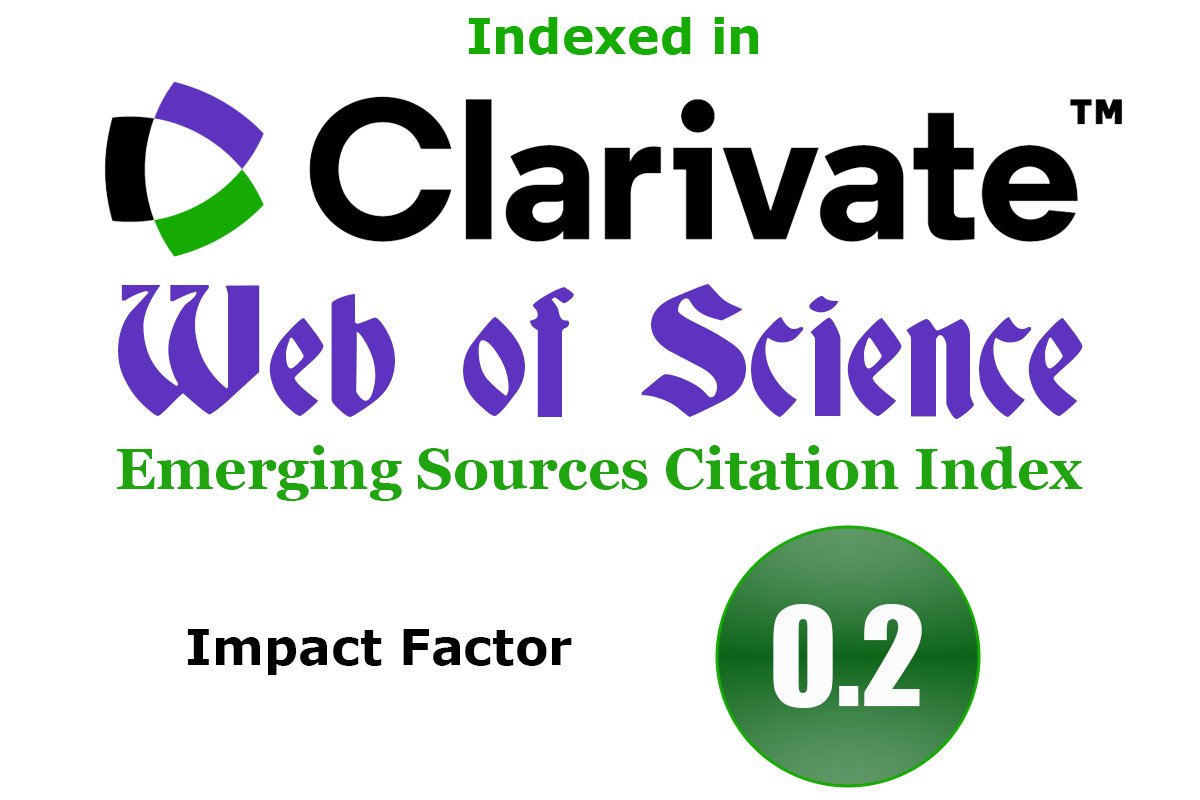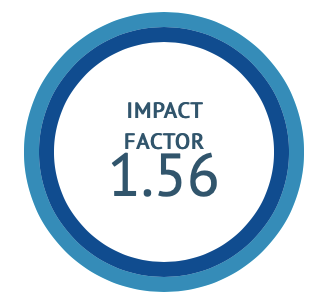Integrated approach in managing necrotizing spider bite wound – A case report
DOI:
https://doi.org/10.47552/ijam.v16i3.5882Keywords:
Spider bite, Necrotizing wound, Triphala Guggulu, Guduchi and Manjistha Kwath.Abstract
Background: Spider bites from venomous species may result in progressive necrosis and delayed wound healing due to cytotoxic and hemotoxic effects of the venom. Conventional management includes antiseptics, antibiotics, and debridement, but outcomes are often unsatisfactory. Ayurveda describes Lūṭā Viṣha and offers detoxification and tissue-regenerative approaches that may complement modern care. CasePresentation: A 21-year-old female presented with a necrotizing ulcer on the inner thigh following a spider bite. The wound worsened after initial allopathic treatment, showing increasing necrosis, pain, swelling, and secondary infection. Interventions: Initial first aid involved irrigation with hydrogen peroxide, povidone-iodine application, and sterile dressing. An integrative protocol was then adopted. Internal medicines included Triphala Guggulu for detoxification, Zinc–Vitamin C–Vitamin D supplementation for collagen synthesis, and Guduchi–Manjistha decoction for immunomodulation. External applications comprised Triphala Kwath wash with Neem and Haridra for antisepsis, Yashtimadhu Ghrita for regeneration, and Dashanga Lepa for wound healing. Outcomes: The wound was assessed with the Bates–Jensen Wound Assessment Tool. Within 15 days there was near-complete resolution of necrotic tissue, significant reduction in infection, well-formed granulation tissue, and accelerated epithelialization. The patient reported marked pain relief and improved satisfaction. Conclusion: This case demonstrates the potential benefits of an integrative approach that combines modern first aid with Ayurvedic interventions in managing necrotizing spider bite wounds. Broader clinical studies are warranted to validate these findings and support evidence-based integration.
Downloads
Published
How to Cite
Issue
Section
License
Copyright (c) 2025 International Journal of Ayurvedic Medicine

This work is licensed under a Creative Commons Attribution-NonCommercial-ShareAlike 4.0 International License.
The author hereby transfers, assigns, or conveys all copyright ownership to the International Journal of Ayurvedic Medicine (IJAM). By this transfer, the article becomes the property of the IJAM and may not be published elsewhere without written permission from the IJAM.
This transfer of copyright also implies transfer of rights for printed, electronic, microfilm, and facsimile publication. No royalty or other monetary compensation will be received for transferring the copyright of the article to the IJAM.
The IJAM, in turn, grants each author the right to republish the article in any book for which he or she is the author or editor, without paying royalties to the IJAM, subject to the express conditions that (a) the author notify IJAM in advance in writing of this republication and (b) a credit line attributes the original publication to IJAM.




